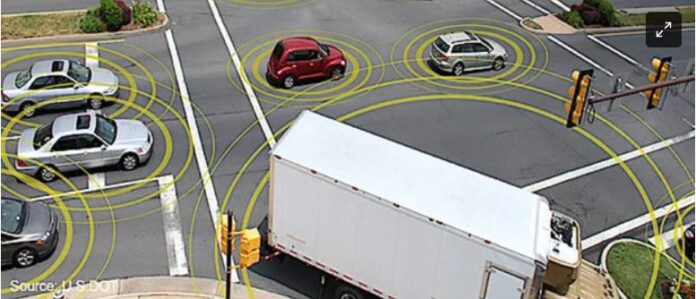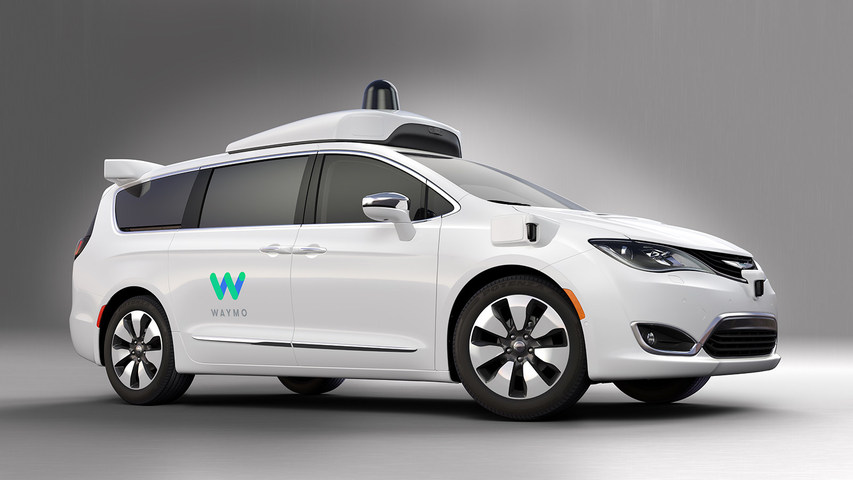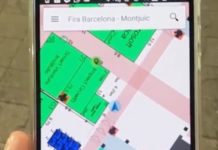The Federal Communications Commission late last month adopted final rules for cellular-vehicle-to-everything (C-V2X) technology, which critics believe was 20 years too long in the making. The FCC says the new rules, which finalize regulatory transition of Intelligent Transportation Systems to C-V2X, will improve safety and permit more efficient mobility as the technology is integrated into vehicles and infrastructure.
“The FCC’s efforts to evolve the 5.9 GHz band are a win-win. It drives innovation in our wireless and transportation economies and can help keep us safe on our roadways when we walk, ride and drive,” said FCC Chairwoman Jessica Rosenworcel, in a statement.
For more than 20 years, the ITS and automotive industries have battled over C-V2X—mostly in response to the FCC action to parse 45 MHz of the original 75 MHz of spectrum that was allocated to the technology.

Trade association ITS America fought the FCC’s First Report and Order, as well as Alliance for Automotive Innovation and the 5G Automotive Association. The FCC rejected the petitions.
“The net impact of these legal actions and petitions were additional years of delay which have further clouded the prospects of C-V2X technology. Out the window for now, along with the re-assigned 45MHz of spectrum, are applications that rely on collective perception messages and maneuver coordination messages for managing intersections and merges; and personal safety messages for mobile devices,” said industry expert Roger Lanctot, in a LinkedIn column.
The FCC said the new rules promote efficient use of 30 megahertz of spectrum dedicated for ITS in the 5.9 GHz band and codifies C-V2X technical parameters, including power and emission limits and message prioritization. The rules allow automakers to use three 10-megahertz channels. Overall, the rules permit devices “that have already been authorized under C-V2X waivers to continue to be marketed and operated, and provides a timeline for sunsetting existing Dedicated Short Range Communications (DSRC)-based technology,” the agency said.
Seen as a critical safety technology, C-V2X allows direct communications between vehicles, roadside infrastructure and such users as cyclists, pedestrians and highway workers. It also promotes non-line-of-sight awareness, notice to drivers about changing conditions and automated driving.
To encourage deployment, the U.S. DOT has released a funding fact sheet providing information on potential federal sources of funding for V2X system planning, implementation, and operations under the Bipartisan Infrastructure Law, the agency announced this week.




























